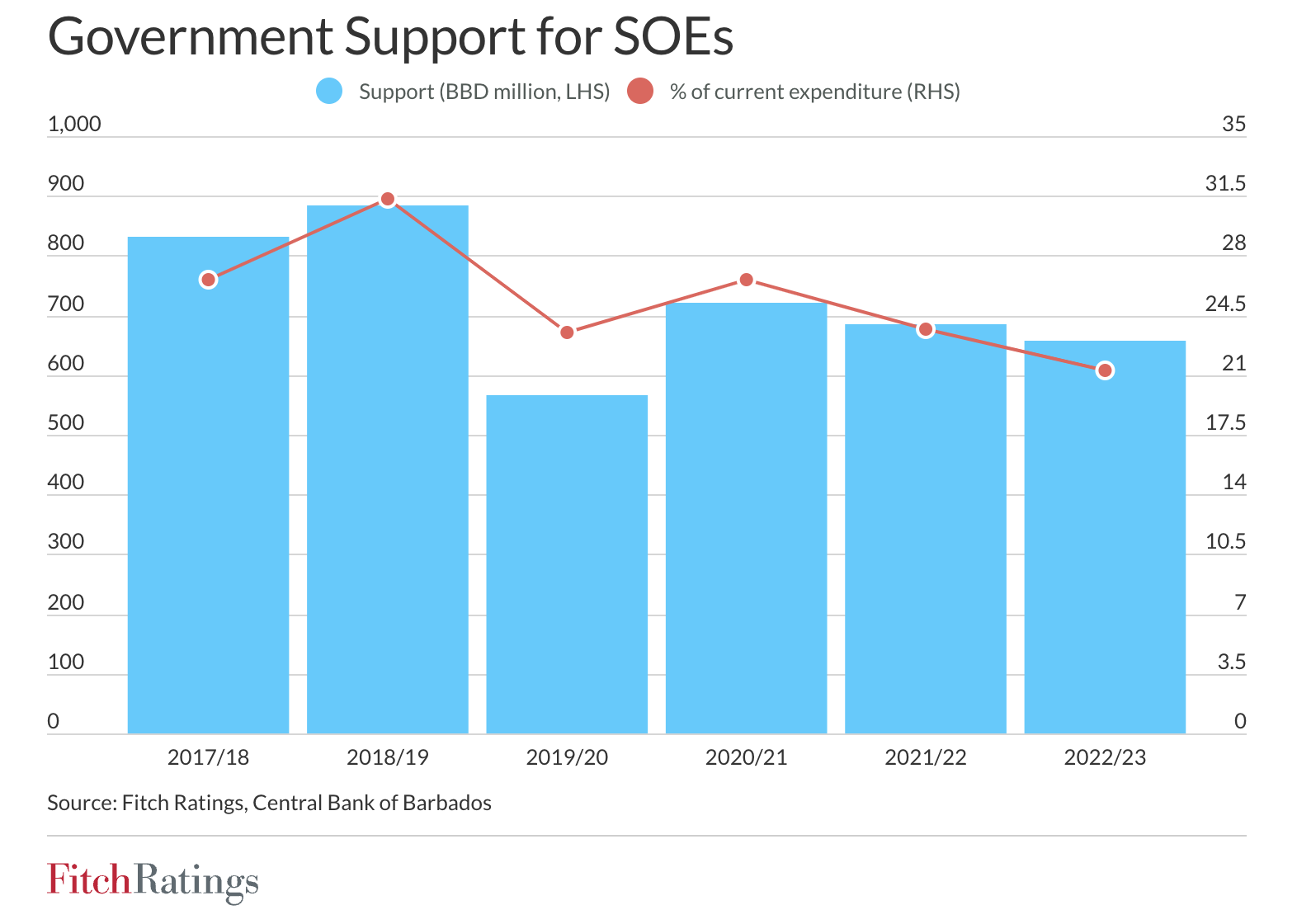
The following was submitted as a comment to the blog Cahill Energy: The Race to Waste Energy. BU along with other Barbadians taxpayers intend to exact our right to know by calling for transparency in all public sector transactions. We have an ineffective Auditor General, a defunct Public Accounts Committee therefore it is up to conscientious Barbadians to use other means available to demand what it right. The irony is that this government promised a new way of governance, more transparent by proclaiming integrity and freedom of information legislation, six years later we continue to wait – David (BU)
The website for this company [Cahhill Energy] can be found by following the LINK. The website does not give confidence in that it was constructed only recently in 2013 and appears to be currently under construction. No financial information or company profile is given on the website. A search was conducted on the company using the following link to the Guernsey companies registry:
https//www.greg.gg/webCompSearchDetails.aspx?id=iqwS70SvL4U=&r=0&crn=&cn=cahill&rad=StartsWith&ck=False
It showed that Blenheim Management Services is the owner of Cahill Energy see the link below:
Blenheim has directors:
-
Alasdair Andrew Milroy
-
Linda Theresa Le Roux
From this search I was able to down load a number of company documents being the Memorandum of Incorporation which lists Lambeth Nominees Limited as the majority shareholder or beneficial owner of Blenheim.
The Directors of this company are listed as:
• Michael Underdown
• Peter Craggs Howe
• Linda Theresa Le Roux
• Judith Mary Lovell
• John Adam Robilliard
• Martyn Paul Gordon
These names will have to be screened to check that there is no negative media such as sanctions, money laundering, fraud, embezzlement, Politically Exposed Person, Bribery and corruption claims against them.
A major red flag is that the company Cahill Energy Limited is registered in Guernsey one of the offshore jurisdictions offers little transparency. In addition the complex ownership structure should be questioned to find out why there are so many layers.
We will need to verify where the physical place of business is located and verify that there is an operation there.
Full transparency is required in a deal of this nature.
We need to know:
-
Who the beneficial owners and ultimate beneficial owners (the people) are behind this company so that all potential conflicts of interest can be assessed and ruled out etc.
-
We must confirm that the beneficial owners/entities involved are not sanctioned individuals and are not Politically Exposed Persons who generally have a vulnerability to bribery and corruption.
-
Ensure that there are no criminal connections.
-
They must be able to demonstrate that they have examined and evidenced the management experience/track record of the directors and senior management of this company.
-
What is their record of success in this sector? Where is the evidence?
-
Evidence of (concrete) projects that have been successfully completed
-
Most importantly where is the $240M coming from have we gained adequate assurance and examined the documentary evidence that the source of these funds is legitimate?
-
Are we comfortable that there is no reputational/legal risk for Barbados from the acceptance of these funds and what did we do to gain this assurance?
-
Who are the directors? Have they been screened as well as the beneficial owners for sanctions and illicit criminal connections?
-
Have we visited Cahill Energy’s premises in Guernsey to ensure that it is really a physical office and not just a front?
AlterNRG owns 100% of Westinghouse Plasma Corporation, a world leader in plasma gasification technology, which is expected to supply the plasma gasification technology
http://www.alternrg.com/wp-content/uploads/2014/03/March-17-2014-Cahill-Energy-to-Invest-240-Million-in-Barbados-Clean-Energy-Plant.pdf
http://www.westinghouse-plasma.com/executive_team/
It would be interesting to find out if AlterNRG has actually done business with Cahill Energy before and who AlterNRG is and the same for Westinghouse Plasma Corporation. 7th Heaven Properties appointed to source site for Caribbean Clean Energy Plant. Who are they who are their beneficial owners?
We need to screen them for conflicts and inappropriate connections with Cahill Energy as they both seem to endorse each other.
Does the company really have a physical presence in London?
7th Heaven properties
51 Clarendon Walk
Notting Hill
London
W11 1SN
Do see the directors of 7th Heaven Real Estate at the below who were contracted by Cahill to find a Caribbean island to invest US$300M




Leave a Reply to NostradamusCancel reply